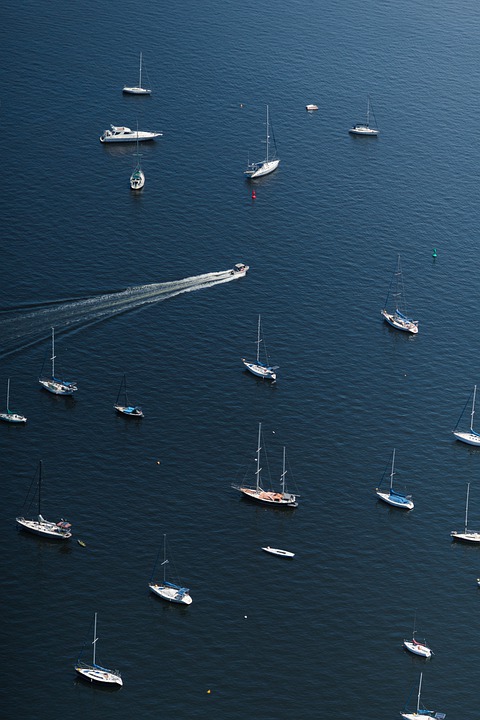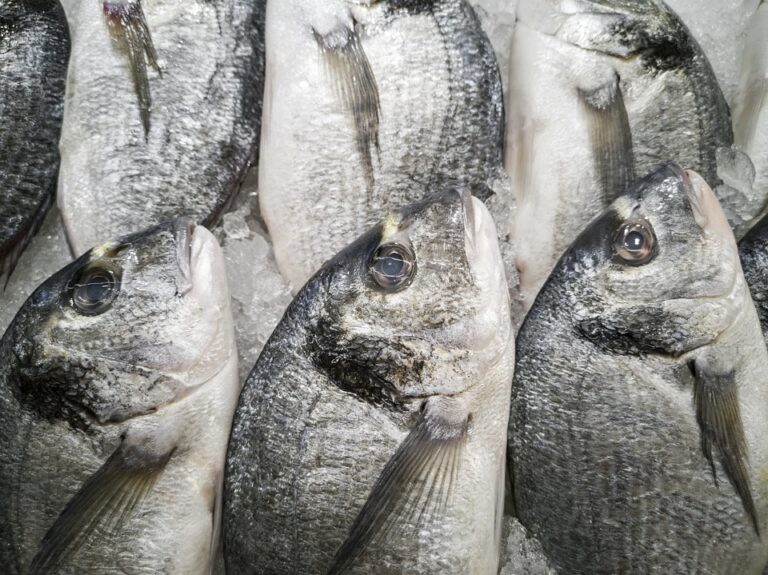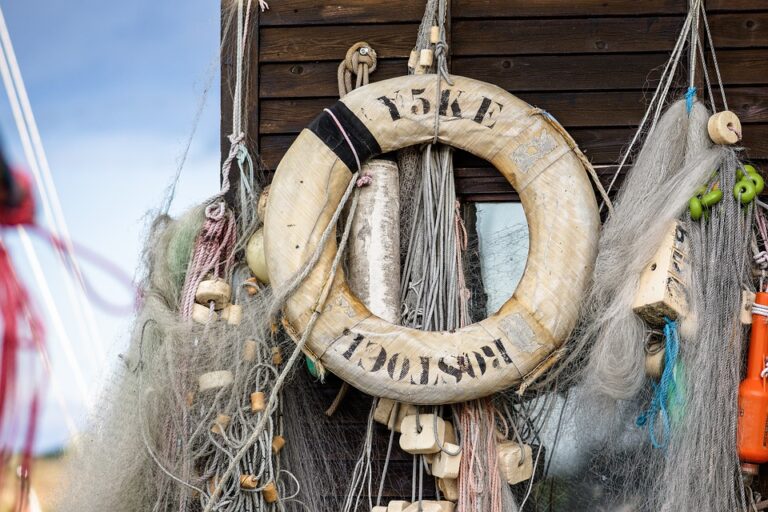Understanding Marine Protected Areas: Guardians of the Ocean

Marine Protected Areas (MPAs) are crucial tools in the preservation of our planet’s marine ecosystems. As we delve into the depths of what MPAs are, their significance, and how they function, it’s important to reflect on their role in sustaining biodiversity and supporting the communities that rely on marine resources.
What Are Marine Protected Areas?
MPAs are sections of the ocean where human activities are more strictly regulated than the surrounding waters, akin to national parks or wildlife reserves on land. These areas are designated to protect natural or cultural resources, such as endangered species, unique habitats, or historically significant shipwrecks.
The Different Types of MPAs
MPAs vary widely in terms of their goals, management, and levels of protection. Some common types include:
- No-Take Reserves: Areas where all forms of extraction, like fishing and mining, are prohibited. These zones are highly effective in preserving biodiversity.
- Multiple-Use MPAs: Allow limited recreational and commercial activities that are compatible with conservation objectives.
- Marine Sanctuaries: Protect specific endangered species or habitats while permitting some human activities under strict regulations.
The Importance of Marine Protected Areas
MPAs play a significant role in maintaining healthy marine ecosystems. They provide a safe haven for marine life to thrive, ensuring the preservation of biodiversity. Healthy ecosystems, in turn, offer numerous benefits, including:
Biodiversity Conservation
By limiting human activities, MPAs help restore overfished populations and protect endangered species. Diverse and abundant marine life within MPAs can spill over into adjacent areas, supporting broader ecosystem recovery.
Resilience to Climate Change
Protected areas enhance the resilience of marine ecosystems to climate change. Healthy coral reefs, mangroves, and seagrasses within MPAs can better withstand and recover from extreme weather events and rising ocean temperatures.
Socio-Economic Benefits
Communities around MPAs often benefit from increased fish stocks, which can lead to more sustainable fishing practices. Additionally, MPAs can boost local economies through eco-tourism, providing jobs and opportunities for education and research.
Challenges and Criticisms of Marine Protected Areas
While MPAs offer numerous benefits, they are not without challenges and criticisms:
Enforcement and Management
Many MPAs lack the resources for effective enforcement, leading to illegal activities that undermine conservation efforts. Moreover, inadequate management plans can result in conflicting interests among stakeholders.
Impact on Local Communities
The establishment of MPAs can sometimes restrict access to traditional fishing areas, affecting the livelihoods of local communities. Involving these communities in the planning and management of MPAs is crucial to ensure equitable benefits.
Effectiveness and Representation
Not all MPAs are created equal; some fail to meet their conservation goals due to poor design or lack of scientific research. Additionally, MPAs often protect only a small portion of marine habitats, leaving many areas vulnerable.
Success Stories: MPAs Making a Difference
Despite the challenges, there are numerous success stories where MPAs have significantly contributed to conservation.
Great Barrier Reef Marine Park, Australia
One of the most well-known MPAs, this park covers over 344,000 square kilometers and is home to diverse marine life. Zoning plans and strict regulations have helped protect the reef’s biodiversity while allowing sustainable tourism and fishing.
Papahānaumokuākea Marine National Monument, USA
Located in the Northwestern Hawaiian Islands, this UNESCO World Heritage Site is one of the largest MPAs in the world. It safeguards critical habitats for endangered species like the Hawaiian monk seal and green sea turtle.
Islas Marietas National Park, Mexico
Thanks to the creation of this MPA, the once-threatened marine ecosystem around the Marietas Islands has seen a remarkable recovery. Today, it is a popular destination for eco-tourists and a testament to successful marine conservation.
The Future of Marine Protected Areas
As global awareness of environmental issues grows, the expansion and improvement of MPAs are crucial. Here’s what the future holds:
Innovative Technologies
The use of satellite monitoring, drones, and AI can enhance enforcement and data collection, making MPAs more effective at protecting marine life.
Global Collaboration
International cooperation is essential for the success of MPAs, especially for transboundary ecosystems. Collaborative efforts can lead to more comprehensive protection of the oceans.
Increased Coverage
Currently, only a small fraction of the ocean is under protection. Expanding MPAs to cover at least 30% of the oceans by 2030, as proposed by the Convention on Biological Diversity, is a critical goal for global conservation efforts.
Conclusion: Guardians of our Blue Planet
Marine Protected Areas serve as guardians of our blue planet, preserving the delicate balance of marine ecosystems. By understanding their importance, addressing challenges, and promoting successful examples, we can ensure that MPAs continue to protect and support life beneath the waves.
As global citizens, we are entrusted with the responsibility to advocate for and support these vital sanctuaries, securing a sustainable future for generations to come.






